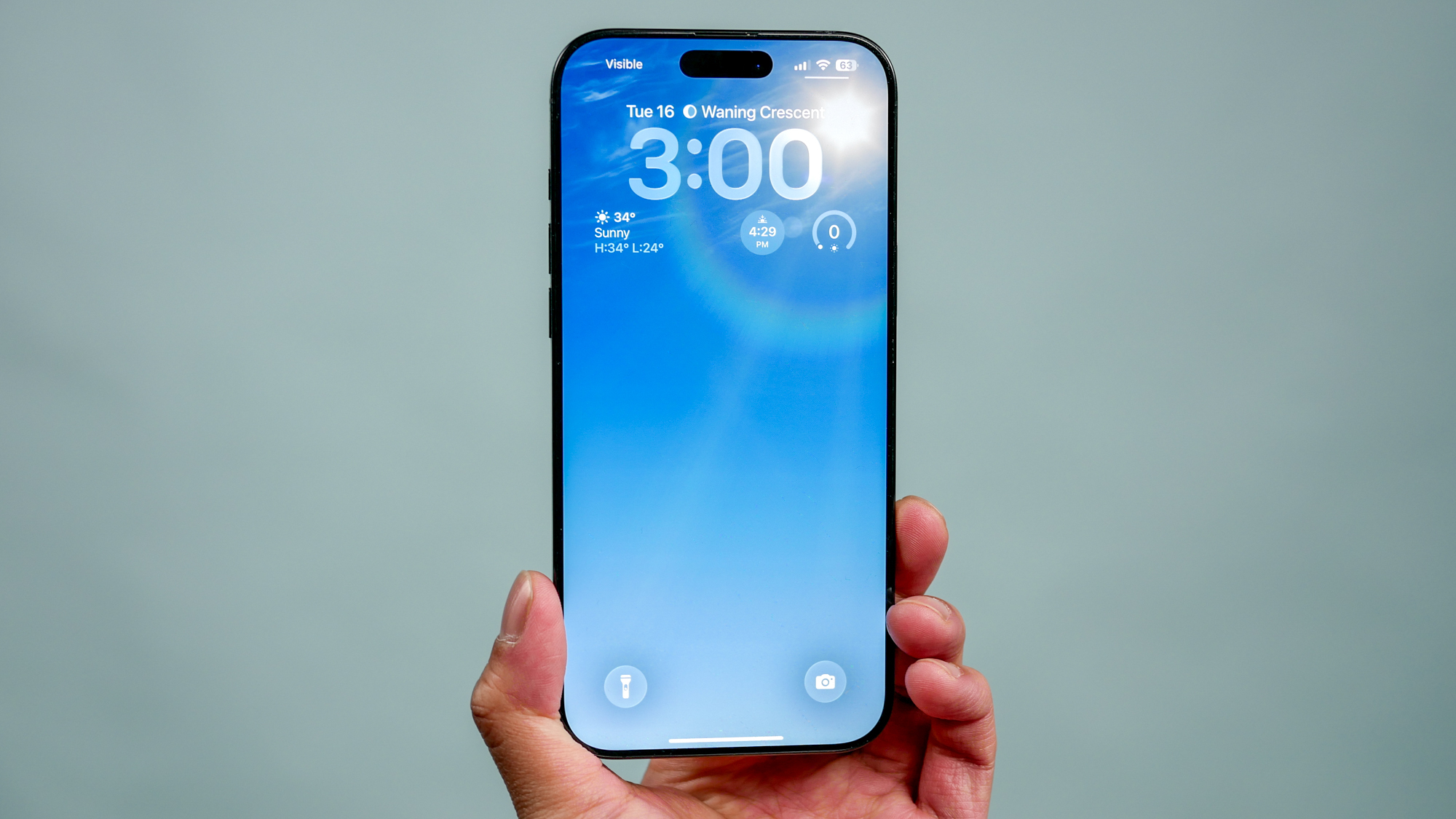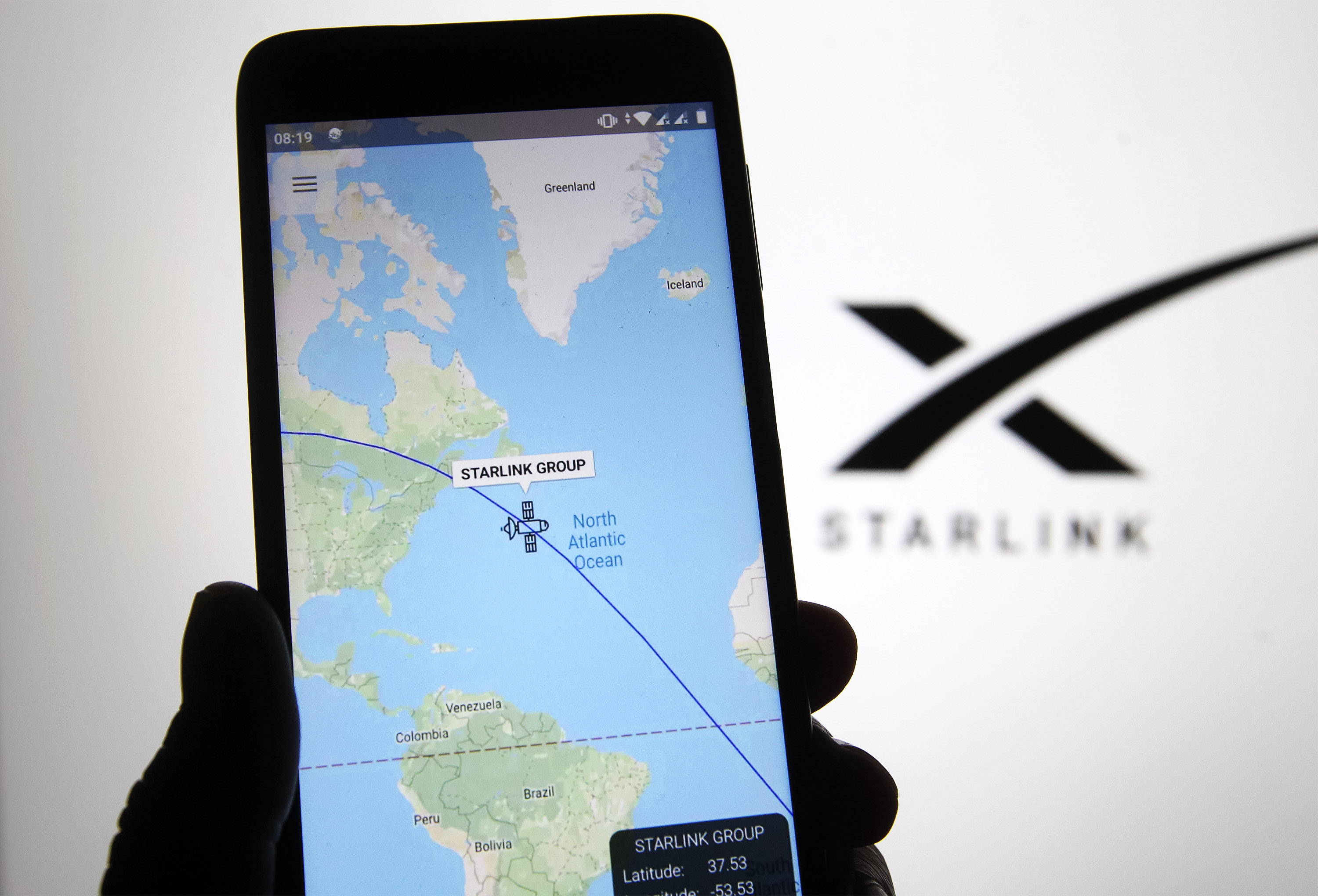
When it comes to satellite internet, new speed test data shows that Elon Musk's Starlink is so far ahead of the competition it's not even fair.
Speed test numbers come by way of Ookla. Its analysis shows that Starlink's average download speed is five times faster than HughesNet, a long-standing satellite internet company. Starlink also bests Viasat by a similar margin, another satellite internet company that's been around since the 1980s. While Starlink speeds are slowly creeping up to traditional broadband, the service still lags in latency.
- Starlink review
- Starlink internet coverage, speed, cost, satellites and more
- Plus: These are the best Wi-Fi routers available right now
Starlink on average saw download speeds of 97 Mbps. That's leaps over both HughesNet and Viasat at 19.73 and 18.13 Mbps respectively. Upload speeds via Starlink were also good, averaging at around 14 Mbps, much greater than the 2-4 Mbps found with HughesNet and Viasat. While Starlink's latency of 45ms might seem slow, it was miles ahead of HughesNet and Viasat at 724 and 630ms respectively. At more than half a second, both HughesNet and Viasat are far too slow to be good for online gaming. There's simply too much lag.
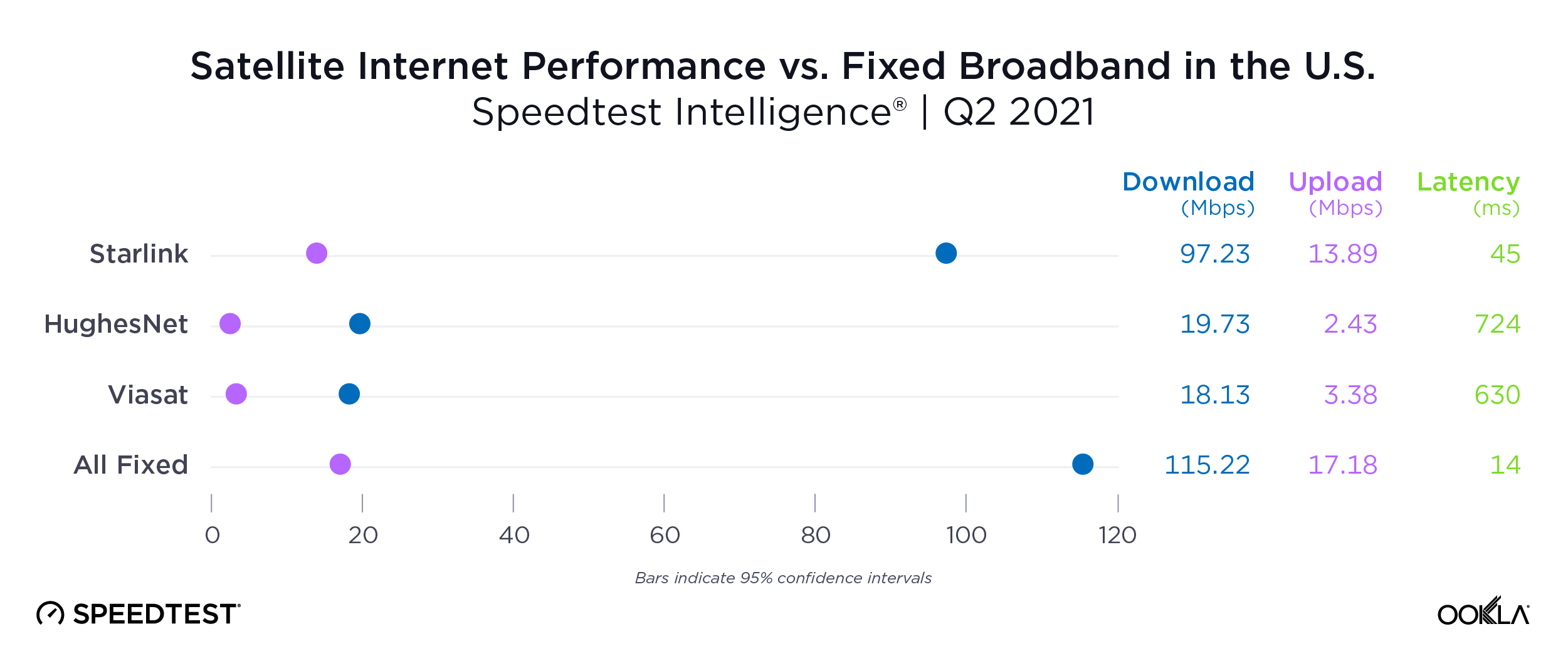
Unfortunately for Elon Musk fans, Starlink still can't quite match the speeds being put out by traditional fixed broadband. On average, fixed broadband sees download speeds of 115 Mbps, upload of 17.18 Mbps and latency of 35ms.
Still, Starlink owners should feel pleased with the latest results. Current download speeds are a major step up from the Q1 2021 average of 65.72. It seems that as SpaceX continues to launch more satellites in to low-Earth orbit (LEO), the network is only getting stronger.
Because LEO satellites are closer to the planet, there's physically less distance needed to beam signals back and forth. Starlink's internet constellation floats between 550-1200km above. HughesNet and Viasat use "geosynchronous" orbits, which sit much higher at 35,000km. While this allows both companies to service greater areas with fewer satellites, it does so at the cost of speed.
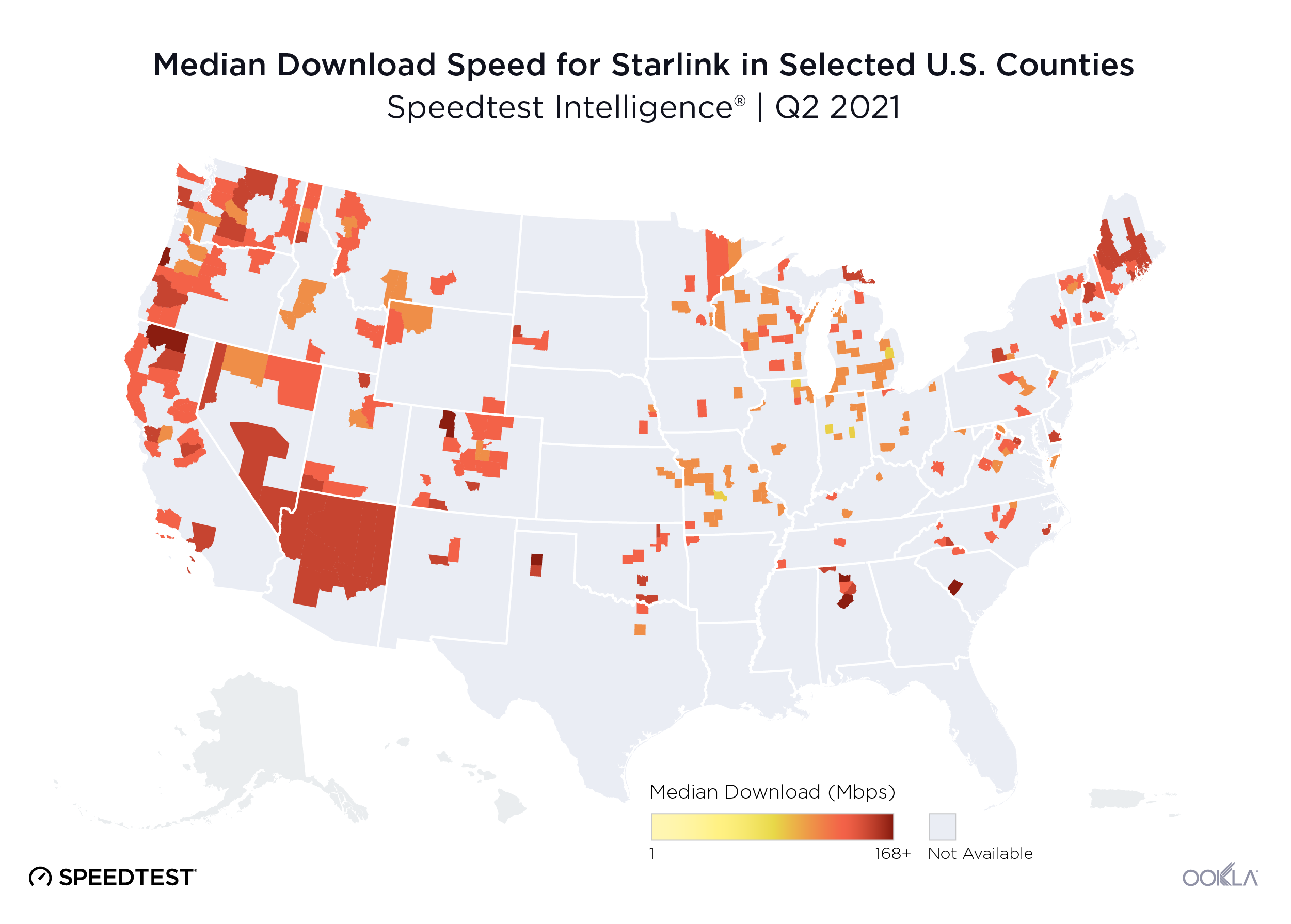
For U.S. customers, the difference between the fastest and slowest counties is somewhat high. In Morgan County, Alabama, median download speeds were 168.30 Mbps. While in Madison County, Indiana, median speeds were 64.51 Mbps. Even at a 100 Mbps discrepancy, residents in Madison County still have speeds far greater than the FCC's baseline performance metric of 25 Mbps.
Get instant access to breaking news, the hottest reviews, great deals and helpful tips.
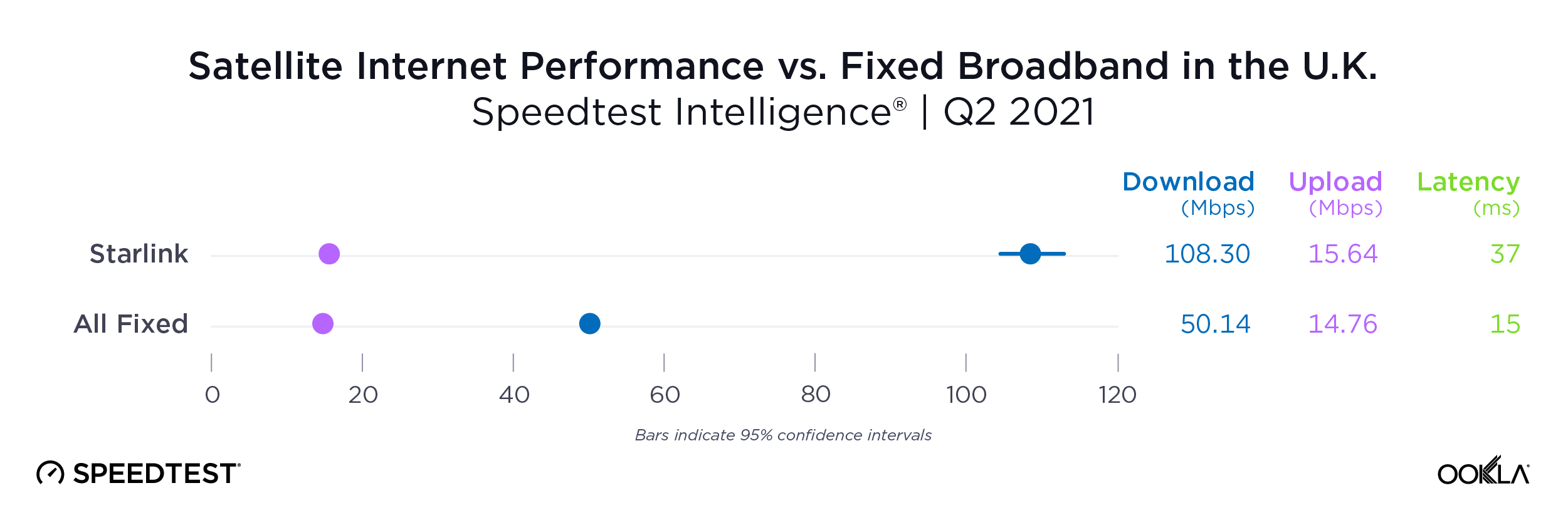
Interestingly, Starlink's median download speeds were much faster than fixed broadband in the U.K. At 108.30 Mbps, it absolutely destroyed the 50.14 Mbps currently being offered to British residents. Although, Starlink did lag behind in latency at 37ms as opposed to 15ms. For those that live in rural villages and towns, Starlink, even with its up-front $500 equipment cost, might be worth it as there may not be a better alternative.
- More: Here are the best Wi-Fi extenders for your home

Imad is currently Senior Google and Internet Culture reporter for CNET, but until recently was News Editor at Tom's Guide. Hailing from Texas, Imad started his journalism career in 2013 and has amassed bylines with the New York Times, the Washington Post, ESPN, Wired and Men's Health Magazine, among others. Outside of work, you can find him sitting blankly in front of a Word document trying desperately to write the first pages of a new book.
